Environ 90 résultats pour « Ibères »
-

Ibères
Les Ibères sont une population protohistorique de la Péninsule ibérique. Ils ont été appelés ainsi par les auteurs de l'Antiquité qui ont tenté, comme l'a fait Aviénus, de rapprocher cet ethnonyme du nom d'un fleuve local important aujourd'hui appelé l'Èbre. Les Ibères habitaient sur la côte Est et la côte Sud de la péninsule Ibérique. Il semble falloir les distinguer des peuples de l'intérieur qui avaient des cultures et des coutumes différentes. Toutefois, géographiquement, Strabon et Appien dénomment Ibérie le territoire de la Péninsule ibérique.
-

char votif
-
- Domaine(s) :
- Archéologie
- Ibères
- Âge du fer
-
- Sujet représenté :
- Chasse
- Cheval
- Chien
- Course à pied
- Sanglier
-
- Datation :
- Âge du fer
-
-

-
- Domaine(s) :
- Archéologie
- Ibères
-
- Désignation :
- statuette
-
- Sujet représenté :
- Cheval
-
- Datation :
- Âge du fer
-
-

-
- Domaine(s) :
- Archéologie
- Ibères
-
- Désignation :
- statuette
-
- Sujet représenté :
- Casque
- Cheval
- Nu (genre artistique)
- Volute
-
- Datation :
- Âge du fer
-
-
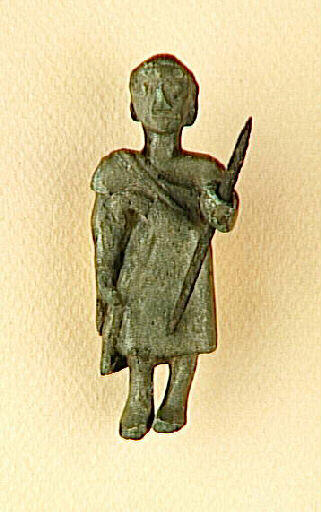
-
- Domaine(s) :
- Archéologie
- Ibères
-
- Désignation :
- statuette
-
- Sujet représenté :
- Bouclier (arme)
- Coiffure
- Javelot
- Manteau (vêtement)
- Militaire
- Tunique
-
- Datation :
- Âge du fer
-
-

-
- Domaine(s) :
- Archéologie
- Ibères
-
- Désignation :
- statuette
-
- Sujet représenté :
- Casque
- Manteau (vêtement)
- Militaire
- Tunique
-
- Datation :
- Âge du fer
-
-
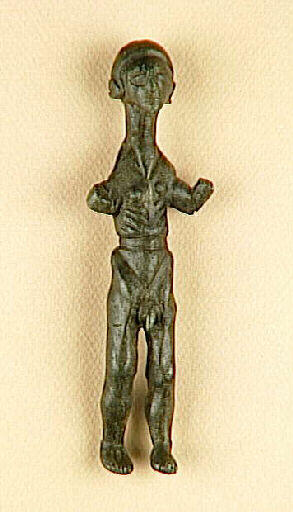
-
- Domaine(s) :
- Archéologie
- Ibères
-
- Désignation :
- statuette
-
- Sujet représenté :
- Côte (anatomie)
- Nu (genre artistique)
- Orant
-
- Datation :
- Âge du fer
-
-

-
- Domaine(s) :
- Archéologie
- Ibères
-
- Désignation :
- statuette
-
- Sujet représenté :
- Nu (genre artistique)
- Orant
-
- Datation :
- Âge du fer
-
-

-
- Domaine(s) :
- Archéologie
- Ibères
-
- Désignation :
- statuette
-
- Datation :
- Âge du fer
-
-

-
- Domaine(s) :
- Archéologie
- Ibères
-
- Désignation :
- statuette
-
- Sujet représenté :
- Nu (genre artistique)
- Orant
-
- Datation :
- Âge du fer
-
-

-
- Domaine(s) :
- Archéologie
- Ibères
-
- Désignation :
- statuette
-
- Sujet représenté :
- Orant
- Pénis humain
- Tunique
-
- Datation :
- Âge du fer
-
-

-
- Domaine(s) :
- Archéologie
- Ibères
-
- Désignation :
- statuette
-
- Datation :
- Âge du fer
-
-

-
- Domaine(s) :
- Archéologie
- Ibères
-
- Désignation :
- statuette
-
- Datation :
- Âge du fer
-
-

-
- Domaine(s) :
- Archéologie
- Ibères
-
- Désignation :
- statuette
-
- Datation :
- Âge du fer
-
-

-
- Domaine(s) :
- Archéologie
- Ibères
-
- Désignation :
- statuette
-
- Datation :
- Âge du fer
-
-

-
- Domaine(s) :
- Archéologie
- Ibères
-
- Désignation :
- statuette
-
- Sujet représenté :
- Nu (genre artistique)
- Orant
-
- Datation :
- Âge du fer
-
-

-
- Domaine(s) :
- Archéologie
- Ibères
-
- Désignation :
- statuette
-
- Sujet représenté :
- Manteau (vêtement)
- Orant
- Tunique
-
- Datation :
- Âge du fer
-
-

-
- Domaine(s) :
- Archéologie
- Ibères
-
- Désignation :
- statuette
-
- Datation :
- Âge du fer
-
-
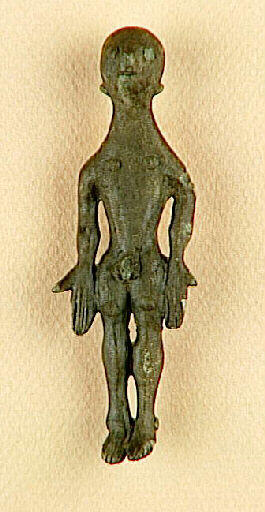
-
- Domaine(s) :
- Archéologie
- Ibères
-
- Désignation :
- statuette
-
- Sujet représenté :
- Nu (genre artistique)
- Orant
-
- Datation :
- Âge du fer
-
-

-
- Domaine(s) :
- Archéologie
- Ibères
-
- Désignation :
- statuette
-
- Sujet représenté :
- Manteau (vêtement)
- Orant
- Tunique
-
- Datation :
- Âge du fer
-
-

-
- Domaine(s) :
- Archéologie
- Ibères
-
- Désignation :
- statuette
-
- Sujet représenté :
- Manteau (vêtement)
- Orant
- Tunique
-
- Datation :
- Âge du fer
-
-

-
- Domaine(s) :
- Archéologie
- Ibères
-
- Désignation :
- statuette
-
- Sujet représenté :
- Orant
-
- Datation :
- Âge du fer
-
-

-
- Domaine(s) :
- Archéologie
- Ibères
-
- Désignation :
- statuette
-
- Sujet représenté :
- Orant
-
- Datation :
- Âge du fer
-
-

-
- Domaine(s) :
- Archéologie
- Ibères
-
- Désignation :
- statuette
-
- Sujet représenté :
- Femme
- Robe (vêtement)
-
- Datation :
- Âge du fer
-
-
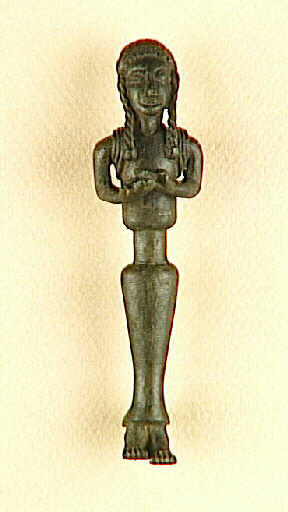
-
- Domaine(s) :
- Archéologie
- Ibères
-
- Désignation :
- statuette
-
- Datation :
- Âge du fer
-
-

-
- Domaine(s) :
- Archéologie
- Ibères
-
- Désignation :
- statuette
-
- Sujet représenté :
- Femme
- Robe (vêtement)
- Voile (vêtement)
-
- Datation :
- Âge du fer
-
-
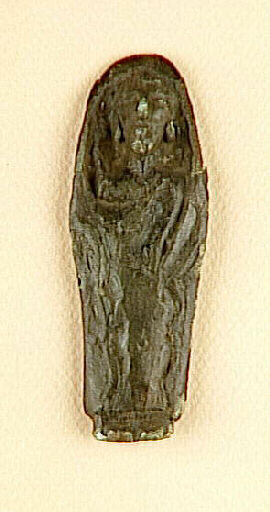
-
- Domaine(s) :
- Archéologie
- Ibères
-
- Désignation :
- statuette
-
- Sujet représenté :
- Femme
- Orant
- Tunique
- Voile (vêtement)
-
- Datation :
- Âge du fer
-
-

-
- Domaine(s) :
- Archéologie
- Ibères
-
- Désignation :
- statuette
-
- Sujet représenté :
- Femme
- Orant
- Robe (vêtement)
-
- Datation :
- Âge du fer
-
-

-
- Domaine(s) :
- Archéologie
- Ibères
-
- Désignation :
- statuette
-
- Sujet représenté :
- Femme
- Orant
- Robe (vêtement)
- Voile (vêtement)
-
- Datation :
- Âge du fer
-
-
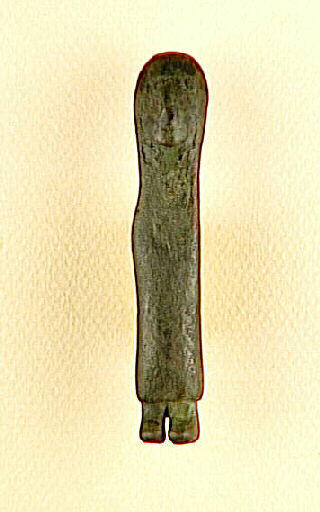
-
- Domaine(s) :
- Archéologie
- Ibères
-
- Désignation :
- statuette
-
- Sujet représenté :
- Femme
- Orant
- Robe (vêtement)
- Voile (vêtement)
-
- Datation :
- Âge du fer
-
-
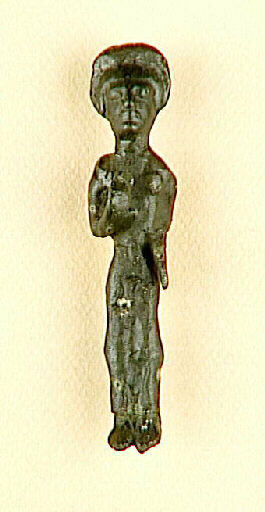
-
- Domaine(s) :
- Archéologie
- Ibères
-
- Désignation :
- statuette
-
- Sujet représenté :
- Femme
- Mitre
- Orant
- Robe (vêtement)
-
- Datation :
- Âge du fer
-
